1. Coca-Cola’s Futuristic Vending Machines (1950s)
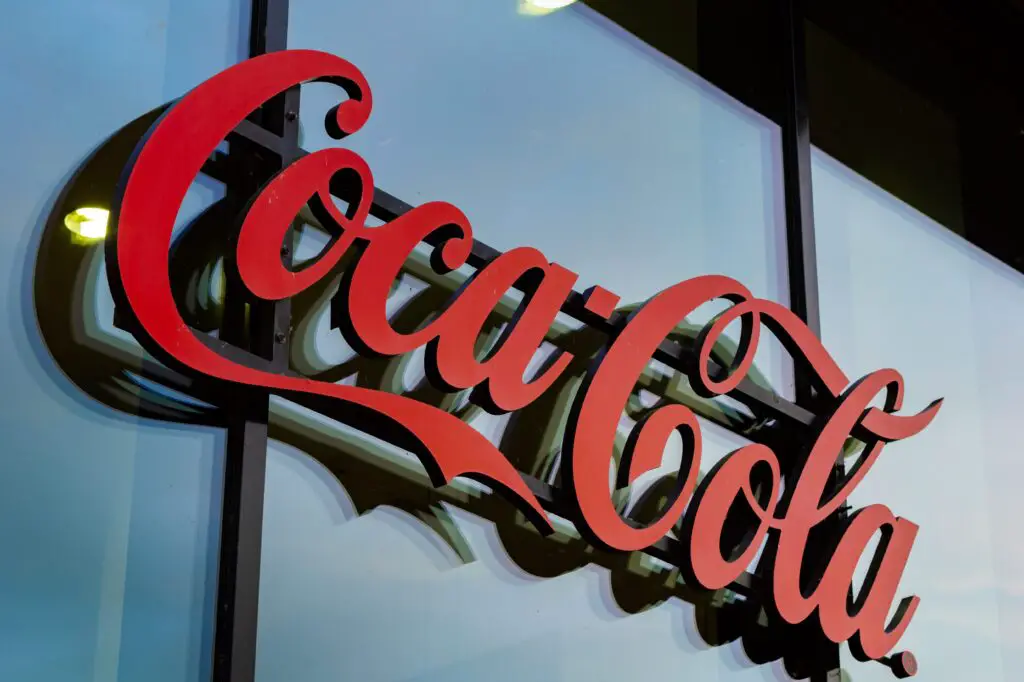
In the 1950s, Coca-Cola ran an ad showing a sleek, modern vending machine that could recognize your preferences and automatically dispense your favorite drink. The concept was ahead of its time, looking like something straight out of a sci-fi movie. This ad seemed like a fun, futuristic fantasy back then, but it predicted the rise of smart vending machines, where technology tracks inventory and customer preferences. Fast forward to today, and we have machines that can take card payments and even recommend beverages based on past purchases.
Although the 1950s ad focused on the novelty of the machine’s design, it unwittingly tapped into the future of consumer convenience. The rise of touch-screen kiosks, app-based ordering, and personalized experiences we enjoy today all stem from that whimsical vision of the future. This ad wasn’t just selling a drink—it was offering a sneak peek at the tech-driven world we live in now.
2. IBM’s “Computer for Everyone” (1960s)
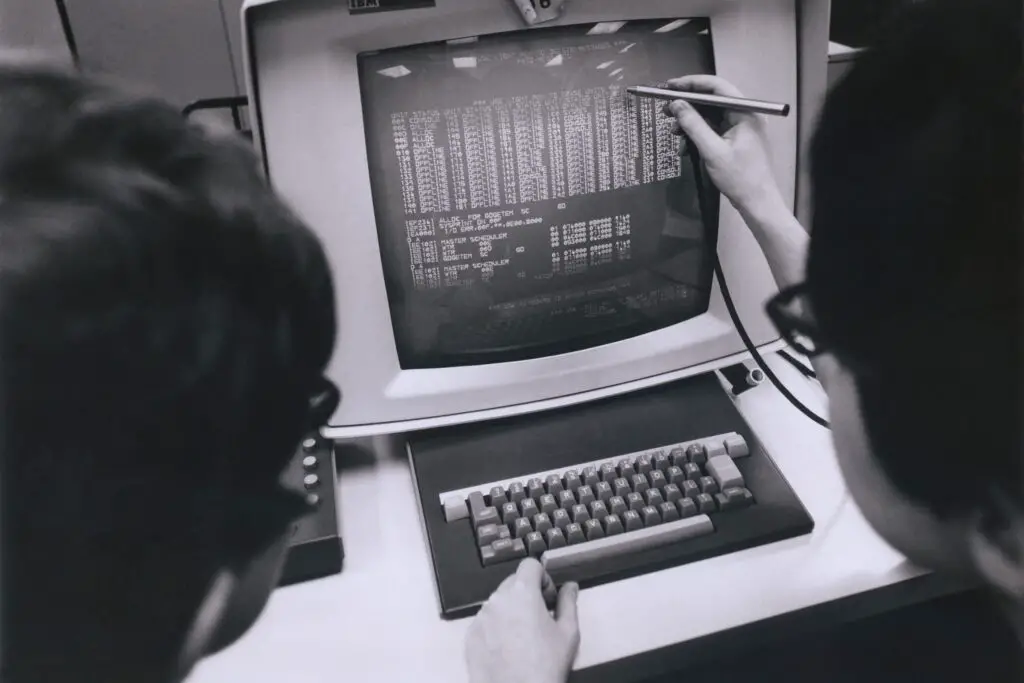
In a 1960s ad, IBM depicted a world where computers would be used by everyone, not just large businesses or government entities. The ad showed a family using a home computer, something that was considered an absurd notion at the time. While the idea of personal computers seemed outlandish, IBM’s foresight was eerily accurate, given that home computers began to boom in the 1980s with machines like the Apple II and later the personal laptops and tablets we use today.
What made this prediction even more impressive was that it didn’t just predict personal computers but also the widespread connectivity we have today. The ad’s tagline suggested that computers would become as essential as the telephone, a truth we now take for granted as we rely on computers for almost everything—from communication to banking to entertainment.
3. Ford’s “Flying Car” Concept (1950s)
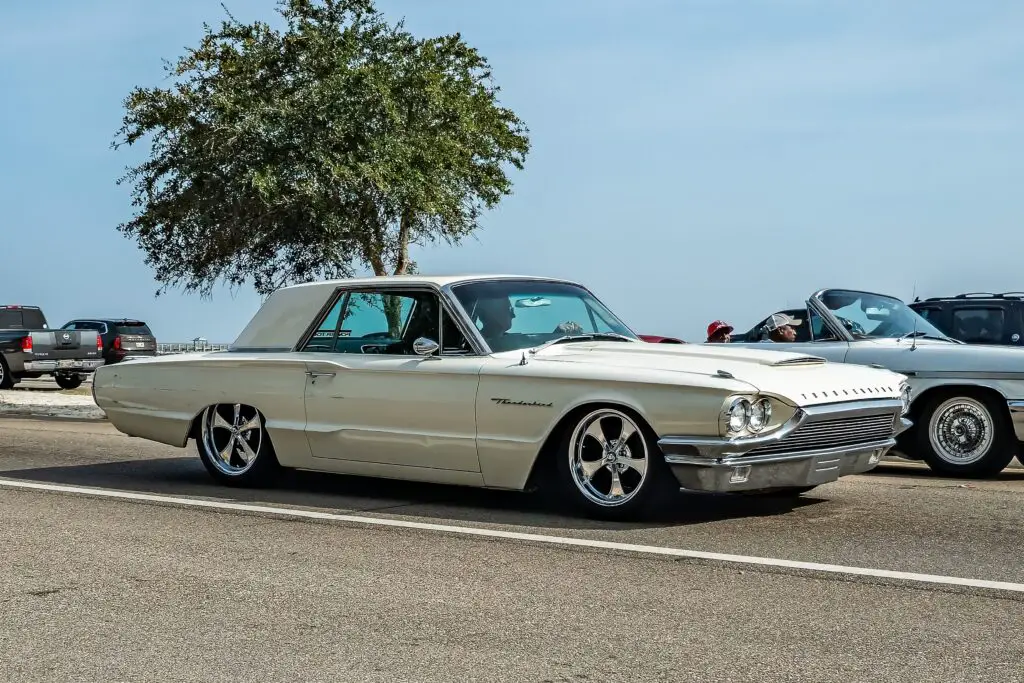
In a bold 1950s ad, Ford featured a flying car concept, showcasing what seemed like a futuristic vehicle that could both drive and take flight. The advertisement painted a picture of a world where flying cars were the norm. While we haven’t quite reached the point of flying cars just yet, advancements in aerial mobility like drones and vertical takeoff vehicles (VTOL) are pushing us closer to that future.
Although Ford’s prediction was a bit ahead of its time, the ad laid the groundwork for imagining a world where vehicles could defy gravity. Today, companies are working on electric flying taxis, and some prototypes have already taken flight. While we may not see a flying car in every driveway tomorrow, the concept is gradually becoming a reality.
4. General Electric’s “Homes of Tomorrow” (1960s)
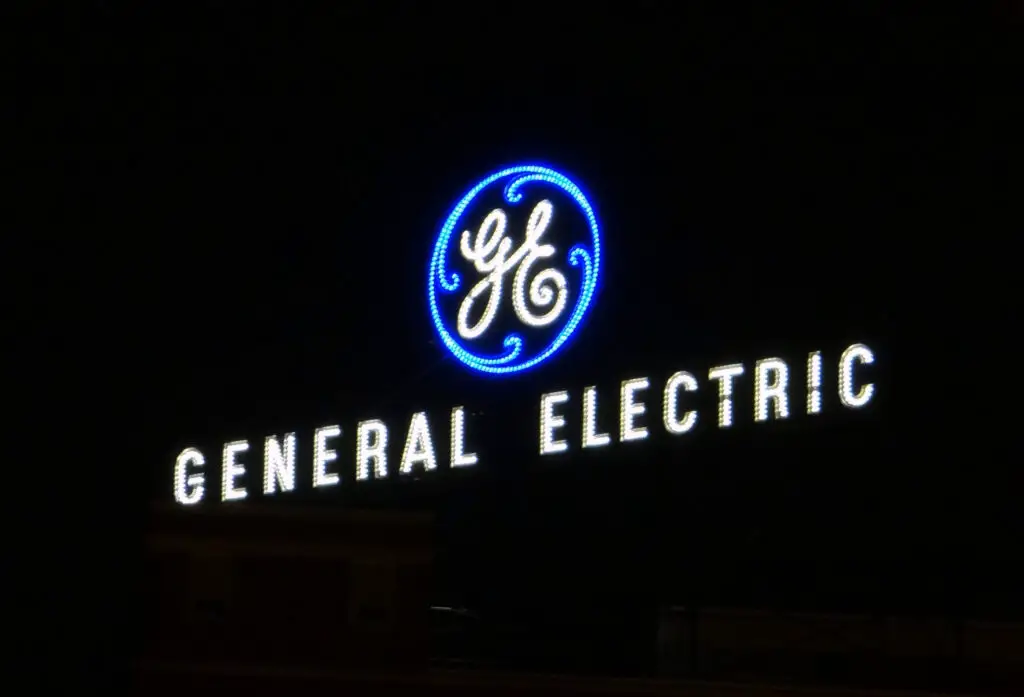
General Electric’s 1960s ad campaign boldly predicted that by the 21st century, homes would be fully automated with appliances that could be controlled by voice. The ad showed futuristic kitchens with machines that would cook meals for you and refrigerators that knew exactly what food you had in stock. While it seemed like a far-off dream back then, today’s smart homes are more advanced than GE could have imagined.
Voice-activated assistants, like Amazon’s Alexa and Google Home, and smart refrigerators that can tell you when you’re running low on groceries, have all made these predictions come true. GE’s vision of the future wasn’t just about technology; it was about the integration of convenience into daily life. It’s clear that what seemed like science fiction is now an everyday reality for millions of people.
5. Bell Telephone’s “The Picture Phone” (1960s)
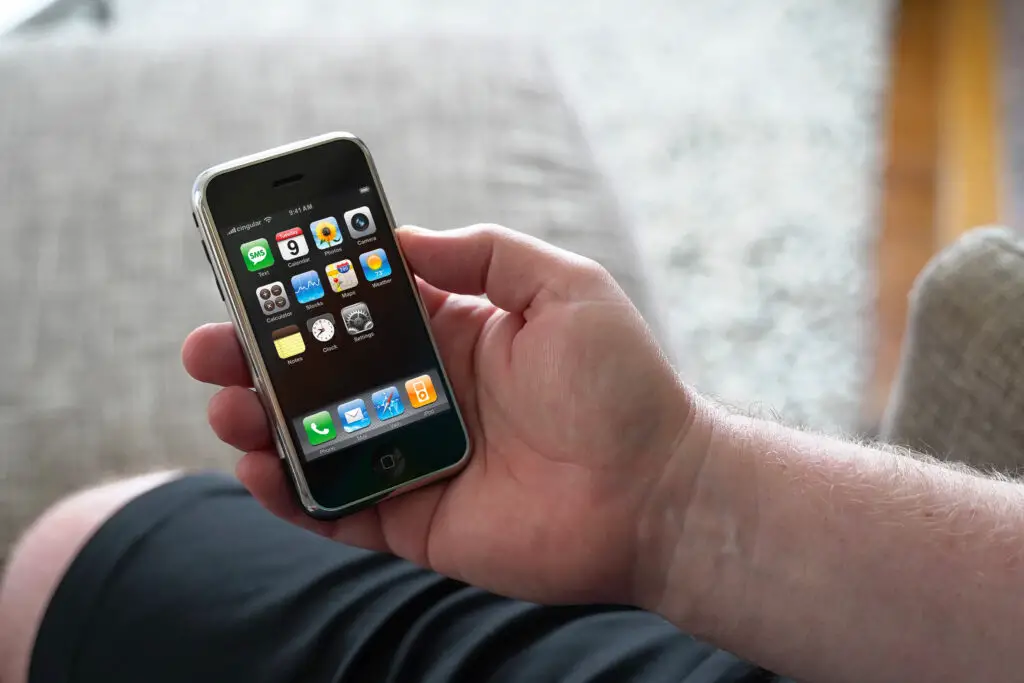
Bell Telephone’s 1960s ad presented the idea of a “Picture Phone,” where people could make video calls. This was a wild idea at the time, as the concept of a home telephone that could transmit live images was considered futuristic at best. Fast forward to the 21st century, and video calls have become a staple of both personal and business communication thanks to platforms like Zoom and Skype.
While the technology in Bell’s ad was clunky and impractical by today’s standards, the vision of communicating with loved ones through video was spot on. We now have the ability to see people in real-time, regardless of where they are in the world. What Bell predicted wasn’t just a technological advancement—it was the beginning of the digital age of connectivity.
6. Kodak’s Vision of Digital Photography (1960s)
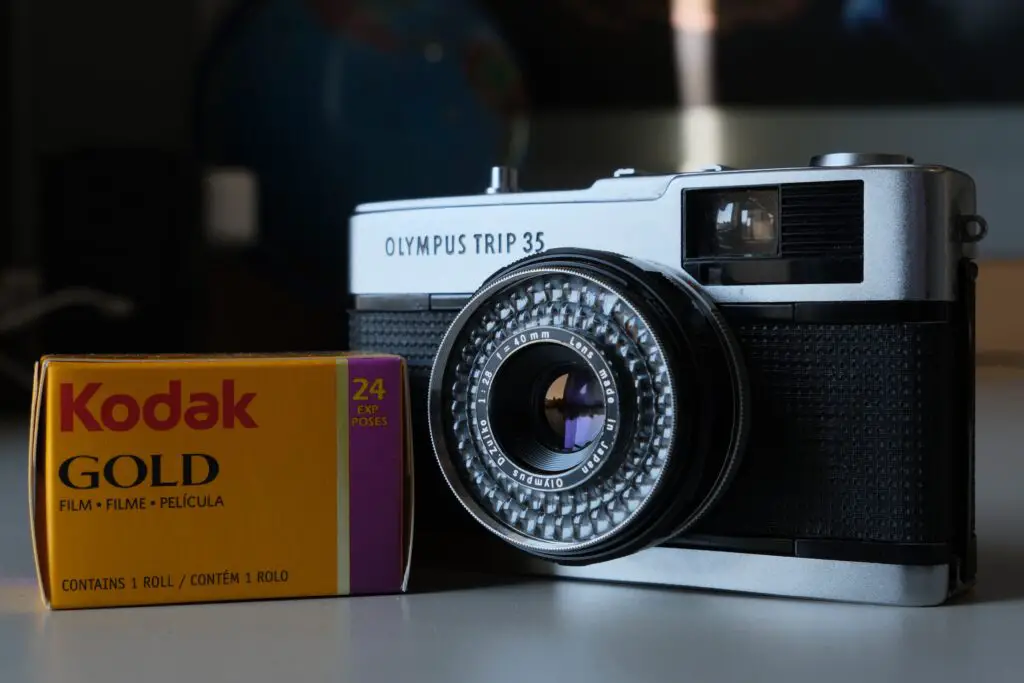
In the 1960s, Kodak produced an ad that imagined a world where photographs could be taken and instantly shared with others, without the need for film or processing. The ad showed a person snapping a picture, instantly viewing it on a screen, and sharing it with friends and family. This seemed completely unrealistic in an era dominated by film cameras, but Kodak’s ad unknowingly predicted the rise of digital photography and smartphones.
Today, not only can we take pictures instantly with our smartphones, but we can also share them with anyone across the world in seconds. Kodak’s ad wasn’t just imagining the future of photography—it was glimpsing the way social media would revolutionize how we capture and share memories. While the company didn’t live to see it, their vision of digital photography came to fruition in ways they never could have predicted.
7. AT&T’s “Telecommuting” Concept (1970s)
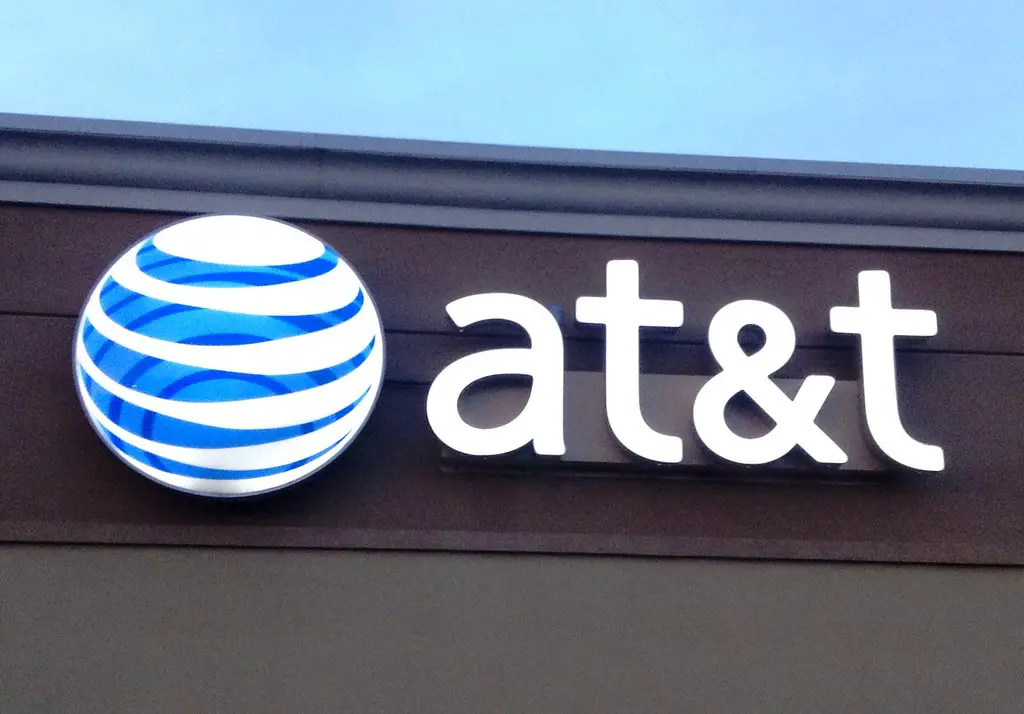
AT&T’s 1970s ad campaign imagined a world where people could work from home using a personal computer, a concept that seemed far-fetched at the time. The ad depicted workers sitting at home, connecting to their offices through their computers, a vision that predicted the telecommuting boom we’re experiencing today. While the technology didn’t exist back then, the idea of remote work was already in the minds of those who saw the possibilities of a connected world.
Today, telecommuting is more common than ever, especially after the pandemic made remote work a necessity. With high-speed internet, cloud services, and collaboration tools, we’ve all but reached the world AT&T predicted. Though they were a bit early, their ad correctly saw the future of work and how technology would enable us to work from virtually anywhere.
8. Volkswagen’s “Robot Car” (1970s)
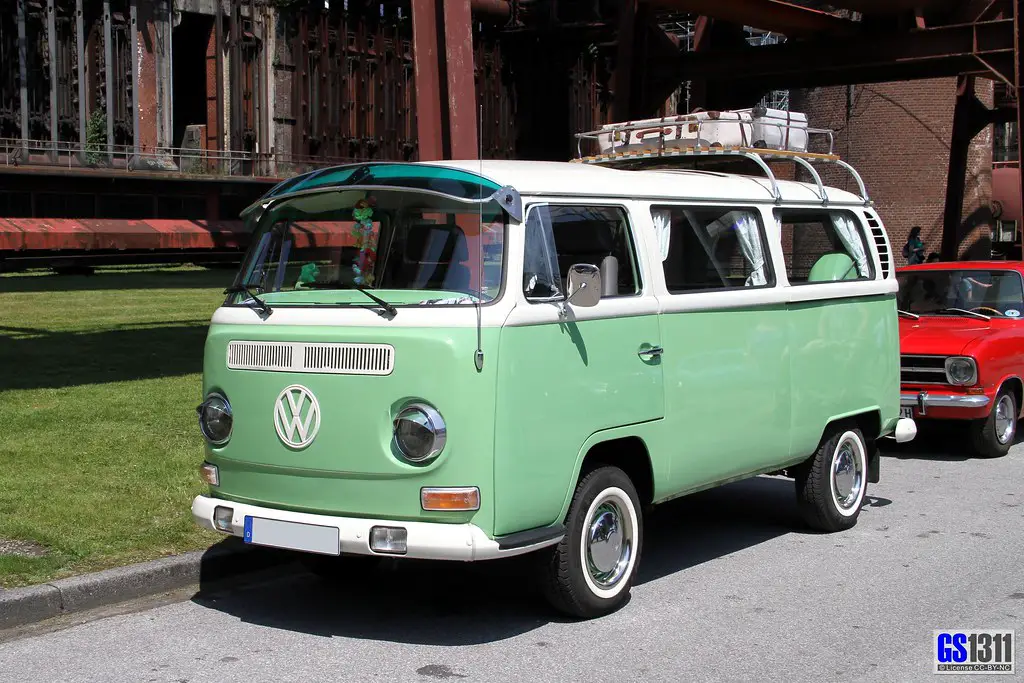
Volkswagen’s 1970s ad featured a car that could drive itself, making it look like a futuristic dream. The ad showed a car that could be controlled entirely by robotics, a prediction that seemed far ahead of its time. Fast forward to today, and we’re on the cusp of autonomous vehicles, with companies like Tesla and Google working hard to make self-driving cars a reality.
Although we’re still working out the kinks with autonomous technology, Volkswagen’s ad foreshadowed the future of transportation. Today’s self-driving cars are becoming increasingly sophisticated, with the ability to navigate streets and highways with minimal human intervention. While we haven’t fully embraced self-driving cars on a global scale, Volkswagen’s ad made one thing clear: the future of cars is smarter and more autonomous than ever before.
